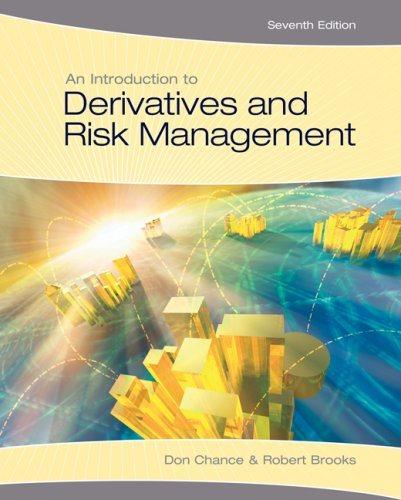1. Alpha Inc. is an all-equity firm with total assets equal to $375 Milion, and 6.8 million shares outstanding Alpha Inc. has to decide about investing $28 Million to finance the launch of a new product. If the investment is made, it will generate cash flows equal to $3.3 Million per year forever. The correct discount rate for Alpha's asset is 9.5% (the unlevered cost of capital), while its cost of debt (if it issues debt to finance the project) is 4.5%, and is equal to the risk-free rate. The market risk premium is 12.5% Assume the corporate tax rate is . Suppose that Alpha decided to raise the 28mins it needs by issuing new equity. This scenario applies to sub-questions ia) to 1c). 1a) At what price will these shares be issued? 1b) How many shares will be issued to finance the project? 1c) How does the stock issuance price compare to the stock price before the project was undertaken and new shares were issued to finance it? Now suppose that Alpha decided to raise the $28 Million it needs by issuing a perpetual debt for a value of 28mins. The corporate tax rate is 30%. Refer to this scenario for subparts 1d) to 1). id) What is the new market value of the firm? le) What is the new share price after debt issuance and the project has been undertaken? in What is the new equity beta after debt issuance? 18) is the firm value improved by financing the project with debt as opposed to new shares? Why? 1h) Who captures the tax shield, shareholders or creditors? 1. Alpha Inc. is an all-equity firm with total assets equal to $375 Milion, and 6.8 million shares outstanding Alpha Inc. has to decide about investing $28 Million to finance the launch of a new product. If the investment is made, it will generate cash flows equal to $3.3 Million per year forever. The correct discount rate for Alpha's asset is 9.5% (the unlevered cost of capital), while its cost of debt (if it issues debt to finance the project) is 4.5%, and is equal to the risk-free rate. The market risk premium is 12.5% Assume the corporate tax rate is . Suppose that Alpha decided to raise the 28mins it needs by issuing new equity. This scenario applies to sub-questions ia) to 1c). 1a) At what price will these shares be issued? 1b) How many shares will be issued to finance the project? 1c) How does the stock issuance price compare to the stock price before the project was undertaken and new shares were issued to finance it? Now suppose that Alpha decided to raise the $28 Million it needs by issuing a perpetual debt for a value of 28mins. The corporate tax rate is 30%. Refer to this scenario for subparts 1d) to 1). id) What is the new market value of the firm? le) What is the new share price after debt issuance and the project has been undertaken? in What is the new equity beta after debt issuance? 18) is the firm value improved by financing the project with debt as opposed to new shares? Why? 1h) Who captures the tax shield, shareholders or creditors







